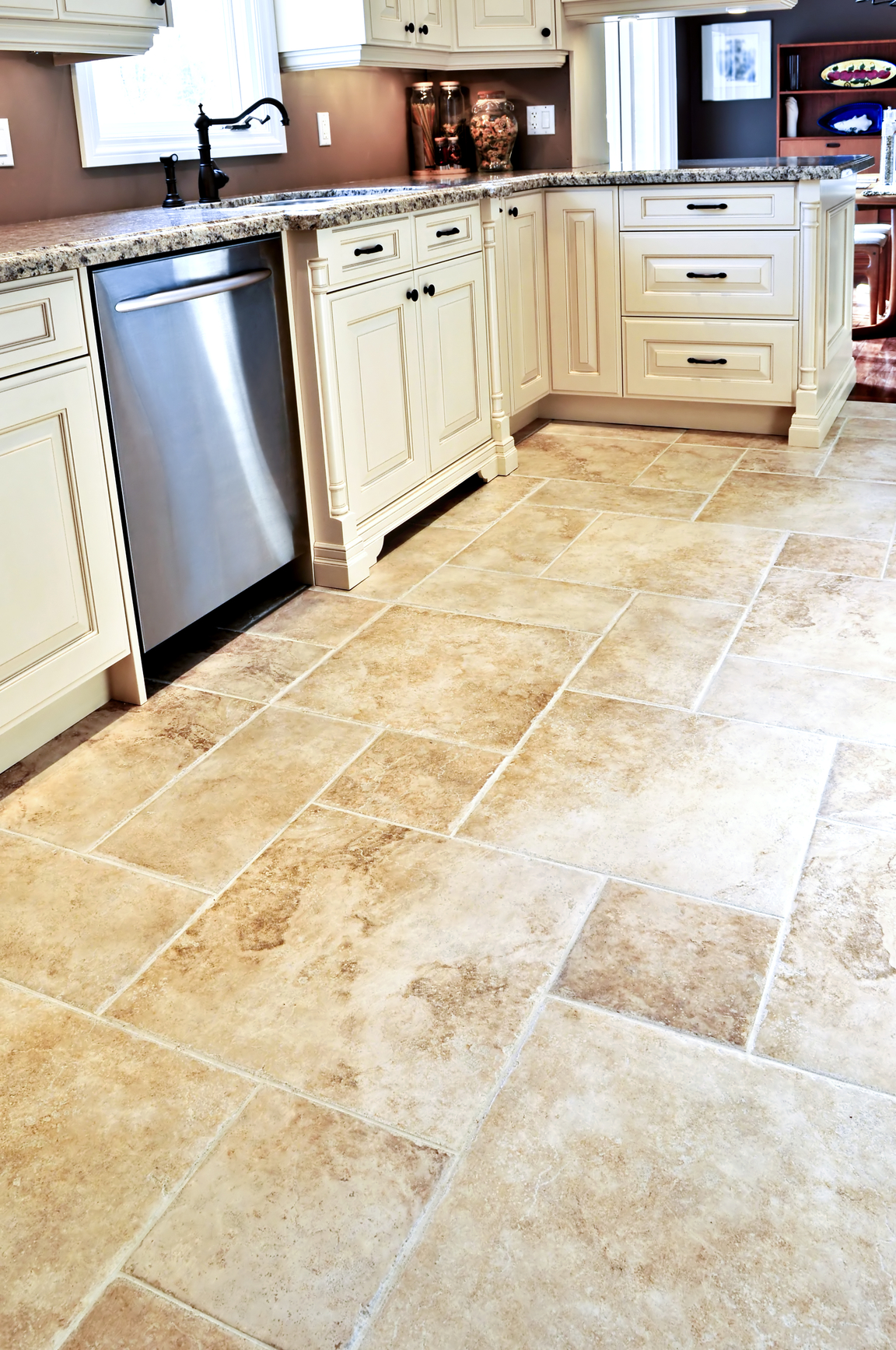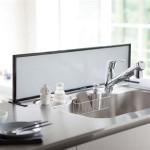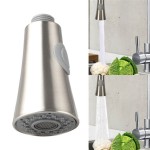Ceramic tile kitchen floors offer a practical, stylish, and easy to clean option that makes them a popular choice when it comes to kitchen flooring. Ceramic tiles come in a variety of colors, sizes, and styles, so it’s easy to find a look that fits the style of your kitchen. Plus, they’re durable and water-resistant, making them perfect for those areas that are likely to get wet.
Benefits of Ceramic Tile Floors
Ceramic tile floors have several advantages over other types of kitchen flooring. They are:
- Durable – Ceramic tile is incredibly durable and can withstand heavy foot traffic, spilled liquids, and other kitchen mishaps.
- Easy to Clean – Unlike carpet or wood, ceramic tile is easy to clean and maintain. It can be swept, mopped, and wiped without much effort.
- Water-Resistant – Ceramic tile is waterproof, making it a great choice for areas that are likely to get wet, like near the sink or stove.
- Stylish – You can find ceramic tiles in a variety of colors and styles, so it’s easy to find a look that fits your kitchen’s style.
Types of Ceramic Tile
When it comes to choosing ceramic tiles for your kitchen floor, there are several types to choose from. Here are some of the most popular options:
- Glazed Ceramic Tile: Glazed ceramic tiles are the most common type of tile used in kitchens. They come in a variety of colors and styles and are easy to clean.
- Porcelain Tile: Porcelain tiles are denser and more durable than glazed ceramic tiles, making them a great choice for high-traffic areas. They are also more water-resistant, so they are a great choice for areas near sinks or stoves.
- Mosaic Tile: Mosaic tiles are small, colorful tiles that can be arranged in a variety of patterns. They come in a variety of materials, including ceramic, stone, and glass.
Installation of Ceramic Tile Floors
Installing ceramic tile floors can be a bit of a challenge, so it’s important to plan ahead and do your research before starting the project. Here are some tips to help make the installation process easier:
- Measure the area carefully – Make sure to measure the area you’re tiling accurately, so you know how much tile you’ll need.
- Choose the right adhesive – Different types of tile require different types of adhesive. Make sure to use the right type for the type of tile you’re using.
- Use a trowel – Using a trowel to spread the adhesive will help ensure that it’s evenly spread and will help the tiles stick better.
- Grout the tiles – After the tiles have been laid, use a grout to fill in the gaps between the tiles.
- Seal the grout – After the grout has dried, use a sealant to protect it from dirt and moisture.
Conclusion
Ceramic tile kitchen floors offer a practical, stylish, and easy to clean option that makes them a popular choice when it comes to kitchen flooring. With a variety of colors, sizes, and styles to choose from, it’s easy to find a look that fits the style of your kitchen. Plus, they’re durable, waterproof, and easy to clean and maintain. With the right installation techniques, ceramic tile kitchen floors can last for many years.















Related Posts








